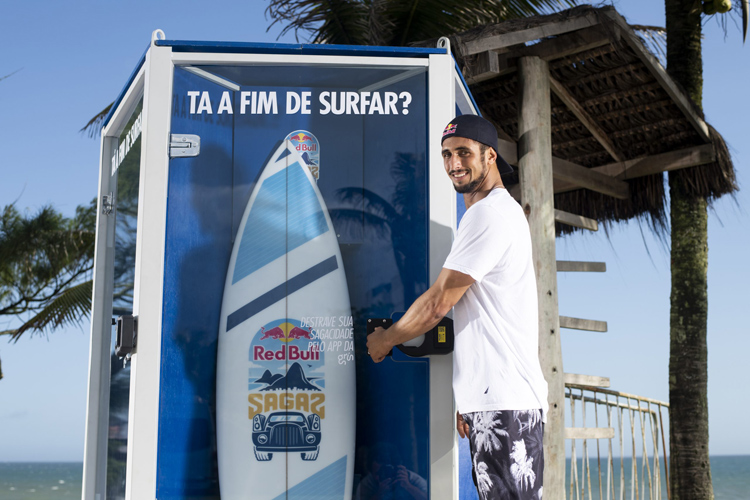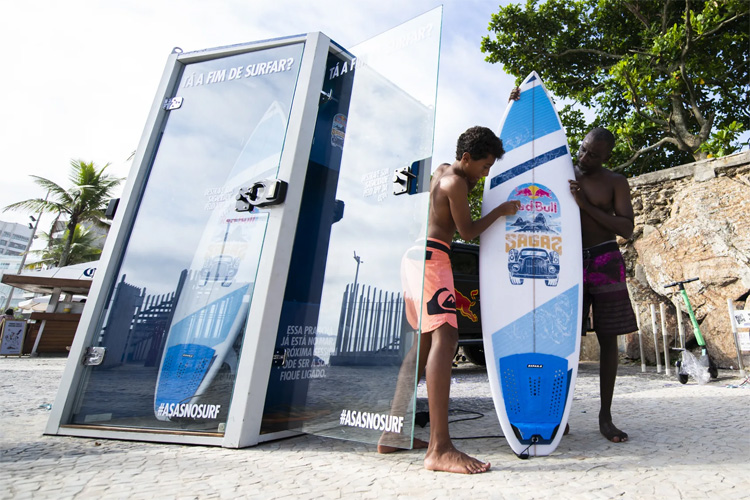Red Bull announced the launch of the world's first surfboard-sharing service in Rio de Janeiro, Brazil.
On February 14, 2020, the city of Rio de Janeiro received an unprecedented activation for surfing fans - the world's first surfboard-sharing service.
The idea was inspired by the sharing economy concept, making sure that everyone, regardless of skill level, can experience surfing and wave riding in the local waves.
The marketing stunt was developed by Brazilian advertising agency DPZ&T for Red Bull and Grin Scooters and will be available at four different beaches until March 8: Arpoador, Barra da Tijuca, Ipanema, and Leblon.

Surfboards for Everyone
The goal is to make surfing a more democratic sport and give wings to future new talents in the country. After all, Brazil won four of the last six World Surf League (WSL) titles.
It is easy and quick to rent a Red Bull surfboard. The system is the same used to unlock bikes and shared cars around the world.
Users should download the Grin app, scan the QR Code on the lockers, grab the board, and go surfing.
For every 20 minutes of use, the surfer will pay 5.00 BRL ($1.16).
"The sharing economy is a worldwide reality already. We took advantage of this dynamic to give a little push and encourage even more people to embrace surfing as a sport this summer," said Rafael Ziggy, executive creative director of DPZ&T.
